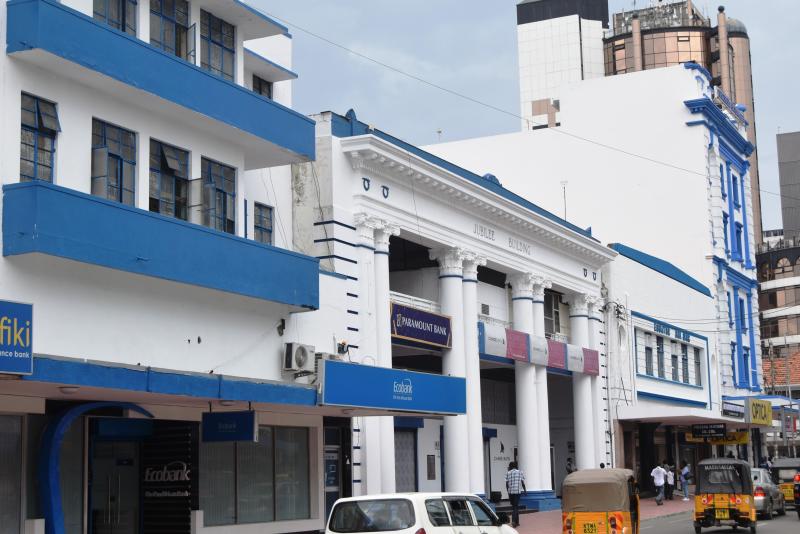×
The Standard e-Paper
Smart Minds Choose Us

Although a new building may look elegant, a splash of colour goes a long way in attracting the right clients. Colour strikes a person’s psychology nerve. Colours like white, blue and green are reserved for hospitals.
Restaurants, market places and food outlets favour red and white. The Kenyan prison system favours green and black as they are considered cool and represent security and balance.